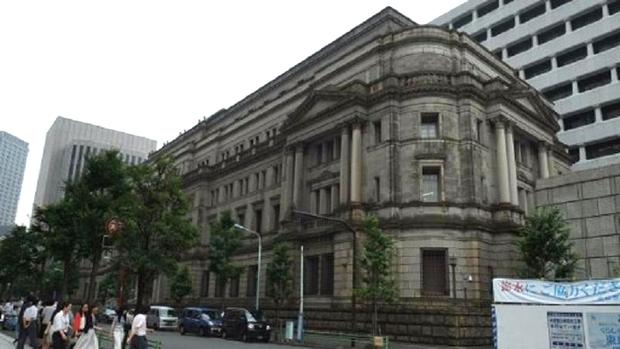 People walk in front of the Bank of Japan headquarters in Tokyo on July 1, 2016. (PHOTO / AFP)
People walk in front of the Bank of Japan headquarters in Tokyo on July 1, 2016. (PHOTO / AFP)
TOKYO - Japan's economic output ran below full capacity for the 11th straight quarter in October-December, central bank data showed on Wednesday, suggesting that conditions for ending ultra-low interest rates have yet to fall into place.
Japan's output gap, which measures the difference between an economy's actual and potential output, stood at -0.43 percent in the fourth quarter, widening from -0.08 percent in July-September, Bank of Japan (BOJ) data showed.
The output gap data is among factors the BOJ scrutinizes in gauging whether economic growth and domestic demand are strong enough for Japan to sustainably hit its 2 percent inflation target
A negative output gap occurs when actual output is less than the economy's full capacity, and is considered a sign of weak demand that typically puts downward pressure on inflation.
ALSO READ: Japan's economy shrinks as inflation, slowdown take toll
The output gap data is among factors the BOJ scrutinizes in gauging whether economic growth and domestic demand are strong enough for Japan to sustainably hit its 2 percent inflation target.
Markets are rife with speculation the BOJ will phase out its ultra-loose monetary policy when new Governor Kazuo Ueda succeeds dovish incumbent Haruhiko Kuroda this month.
Japan's economy expanded by an annualized 0.1 percent in the October-December period, only narrowly averting a recession as capital expenditure and consumption remained weak.
READ MORE: Japan economy set to slow as inflation, recession risks hurt
While an end to COVID-19 curbs is underpinning consumption, growing signs of slowdown in overseas demand are clouding the outlook for Japan's export-reliant economy.



